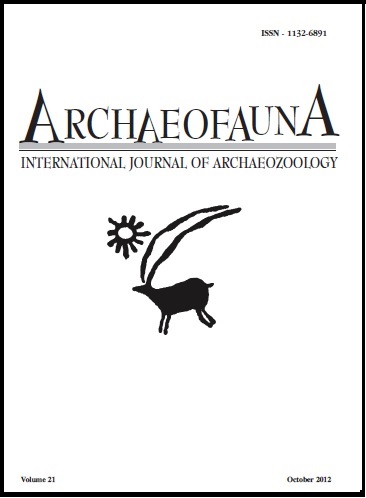The new insights into the subsistence and early farming from neolithic settlements in central Europe: the archaeozoological evidence from the Czech Republic
Keywords:
Czech Republic, Bandkeramik, Domestic ungulates, Killof Patterns, Stable isotopes, Tooth enamelAbstract
The archaeozoological evidence from two Neolithic settlements occupied in the periods of the Linear Pottery Culture (LBK) and the Stroke Pottery Culture (SBK) has provided new insights into the way of life of early farmers in the Czech Republic. Though LBK and SBK sites are abundant, only isolated studies allow one to reconstruct stockbreeding practiceson the basis of archaeozoological and isotopic data. Our results confirm that livestock provided most of the animal products consumed and that hunting was a marginal activity. Though cattle were the dominant stock, with small stock and swine playing a secondary role in the animal economy, our results reveal variability at a regional scale. The management of cattle and small stock at Chot?budice and ?erný V?l changed according to the time period and the so-called secondary products (milk, maybe hair) were exploited since the LBK. Mortality profiles of swine evidenced a peak between 6 and 24 months with few individuals surviving to adulthood. The ?13C and ?18 O analyses of cattle tooth enamel yielded values suggesting pasture in open areas and grouped births. The combination of data from stable isotope analysis and kill-off patterns suggests that calving took place during the spring.

